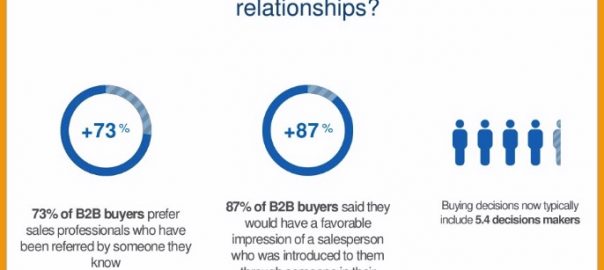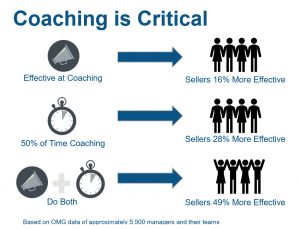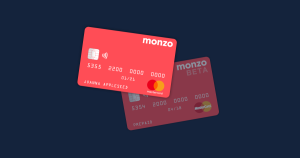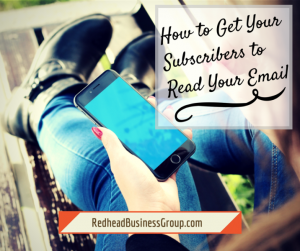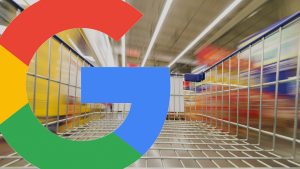According to LinkedIn, “Data about your relationships referring to connections is the acceptance rate of your connection requests. If a member sends too many invites and less people accept it, then it would impact SSI.”
That’s it. Or is it?
Proactively building your network takes intention.
While there is certainly validity to having a larger network, I believe that the quality of our networks is more important than the sheer number of LinkedIn connections. That said, you probably know more people that you realize. Think about it: Clients, vendors, prospective clients, networking contacts, current colleagues, past colleagues, community connections (i.e. via organizations you serve), and don’t forget about your alumni network.
The more people you are connected on LinkedIn, the more visibility you get into your second and third level connections; this could translate to getting one person closer to connecting with your those decision-makers.
Here are some numbers to consider:
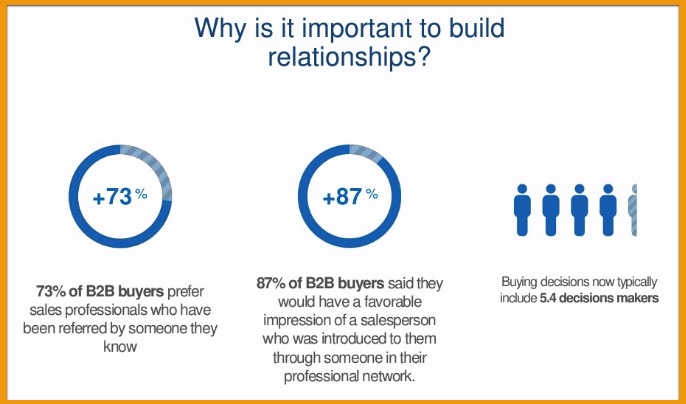
*Image from LinkedIn
We have made it to the finale: “PART 4: Intentionally Connect,” of this four-part series on using LinkedIn’s Social Selling Index score to benchmark your progress on LinkedIn and improve your engagement to yield more conversations for your business.
In case you missed them or need to reference back:
PART 1: It’s More Than You Think (includes “Profile Facelift: 10 Updates in 10 Days”)
PART 2: The Perks of Stalking (includes sophisticated Boolean searching tips)
PART 3: Proposals Before Nuptials (includes ideas for LinkedIn Groups to join)
Before reading further, it is time to re-calculate your SSI score. Remember LinkedIn is updating this weekly.
STOP. CLICK HERE. CALCULATE YOUR NEW SSI SCORE (and all four quadrants).
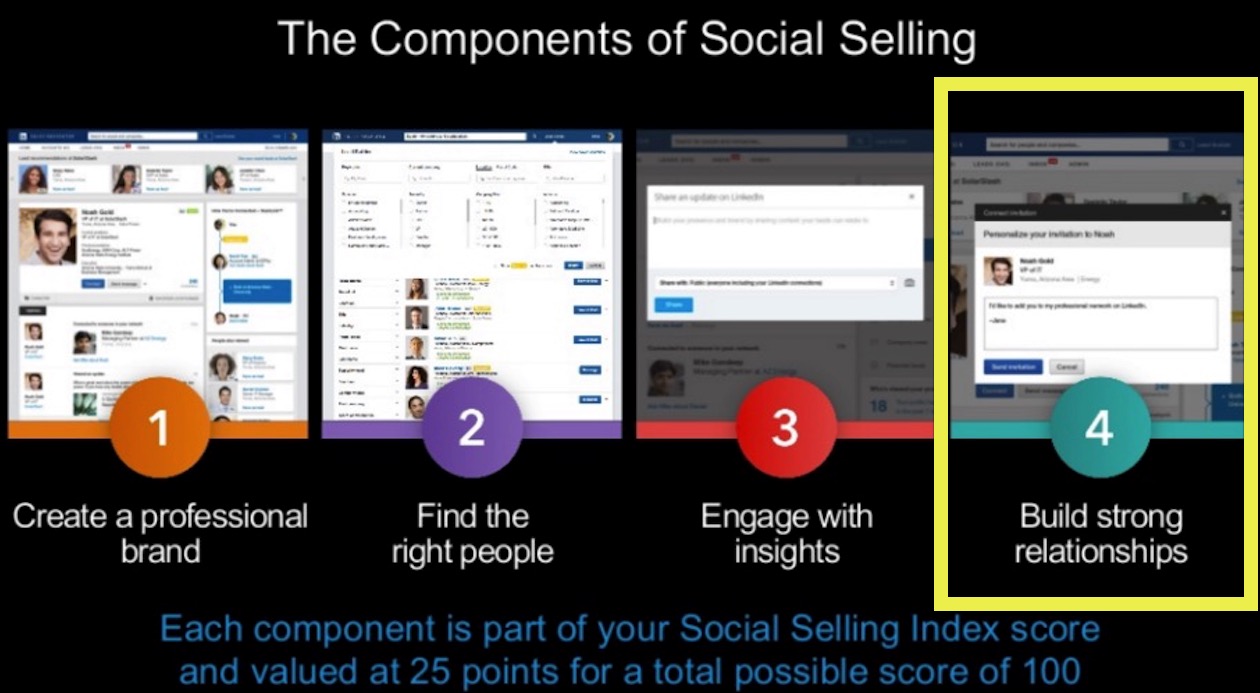
Build Relationships: 25 points
· Connections
· Acceptance rate of your connection requests
I. Are you intentionally building your network?
Earlier in this post, I mentioned eight different groups of professionals who you may consider adding to your LinkedIn network. So, what should your network break out look like? Here is a suggested breakdown (+/- 5% for each category):
- 85% people you know (clients, colleagues, networking contacts, community connections, vendors, professional acquaintances)
- 10% people you don’t know yet, but are intentionally pursuing
- 5% friends and family
This is how I approach my network, but it is simply a suggestion. I know colleagues who consult on LinkedIn like I do and they believe in ‘the more the merrier’ approach to their LinkedIn network because it increases their visibility exponentially. The reason I choose the former strategy is because I am in the business of connecting people. I know that I can more authentically introduce people and give back to my network when I know the people who actually make up my network.
You will have a higher invitation acceptance rate when you take my approach too because, again, you know the people you are inviting to join your network.
TIP: If too many people ignore (aka decline) your invitation and mark that they do not know you, you may be required to put in an email address every time you want to send an invitation. Remember these declines will also lower your “Build Relationships” quadrant of your Social Selling Index score.
II. Are you proactively building your network?
When should you send an invitation out? Before a meeting or after a meeting are the two options I stick with to keep me accountable to using LinkedIn as another touch point in communication.
While I am becoming a bigger fan of the mobile app, I never send invitations out through it because (as of the publishing of this post) there is not a way to personalize the invitation. Personalizing invitations is critical to increasing the likelihood of getting it accepted. Make your LinkedIn invitation stand out in their inbox.
LinkedIn celebrated their thirteenth birthday earlier this year and while they have crossed into their teenage years, they have not matured their standard LinkedIn invitation…We all know it:
Jack, I’d like to add you to my professional network on LinkedIn.
This is so boring, unoriginal and may not warrant an acceptance. That’s why the only blue connect button you should ever click in LinkedIn, is within someone’s individual profile. This guarantees that you will have the opportunity to personalize you message to them.
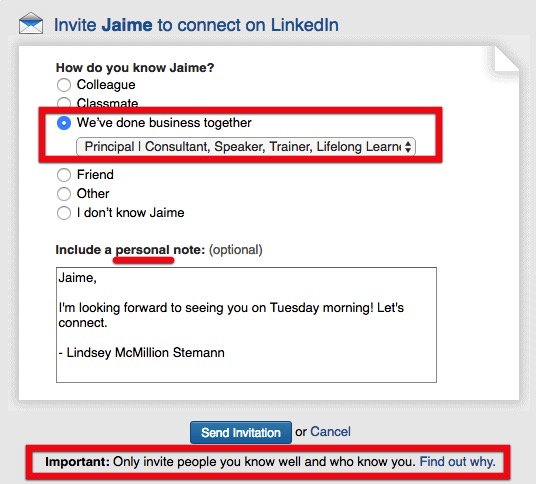
I have formed the habit of always selecting “We’ve done business together” along with my current position. I know that LinkedIn will not show the recipient this is the option I select, it is simply where I work, and I know that if I select “Friend,” “Other,” or “I don’t know” too many times, LinkedIn will eventually require me to put in an email address for every invitation I send out.
Use an invitation as a reminder for an upcoming meeting: “Sarah, looking forward to our meeting next Tuesday at 9:00am. Let’s connect.”
Use an invitation as a follow up after a meeting: “John, thanks for your time earlier today. Looking forward to working together. Let’s connect.”
Don’t overthink it. Keep it simple, but connect the dots for them.
Conclusion & Next Steps
Building relationships on LinkedIn is remembering that LinkedIn is an online networking tool. It is a platform to connect with people who you are doing, have done or want to do business with. It is a supplement to your current business process and another touch point to stay top of mind with the professionals who matter to you the most.
Be proactive. Be intentional.
Where is your LinkedIn Social Selling Index score the lowest?
- Creating a professional brand
- Finding the right people
- Engaging with insights
- Building strong relationships
Focus on improving one quadrant at a time. Check your LinkedIn SSI score weekly to see if that quadrant score is increasing. Then, move on to the next quadrant that needs your attention.
This post was originally published on LinkedIn and is part 4 of a 4 part series.
Digital & Social Articles on Business 2 Community(95)
Report Post